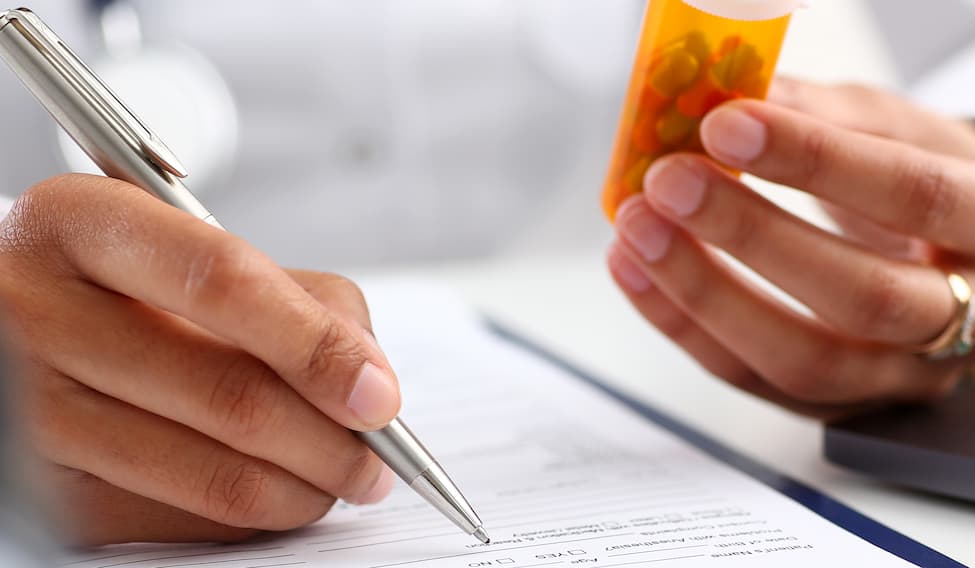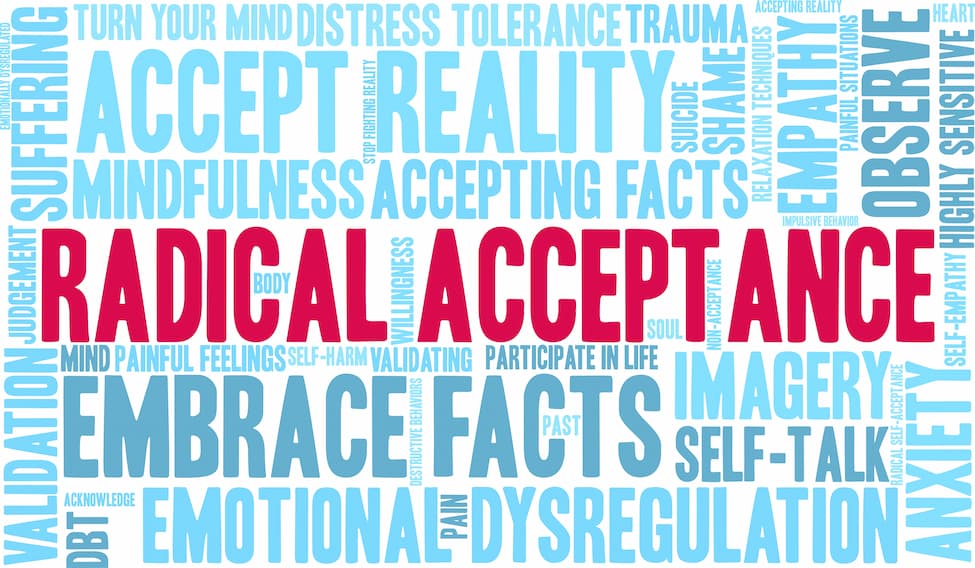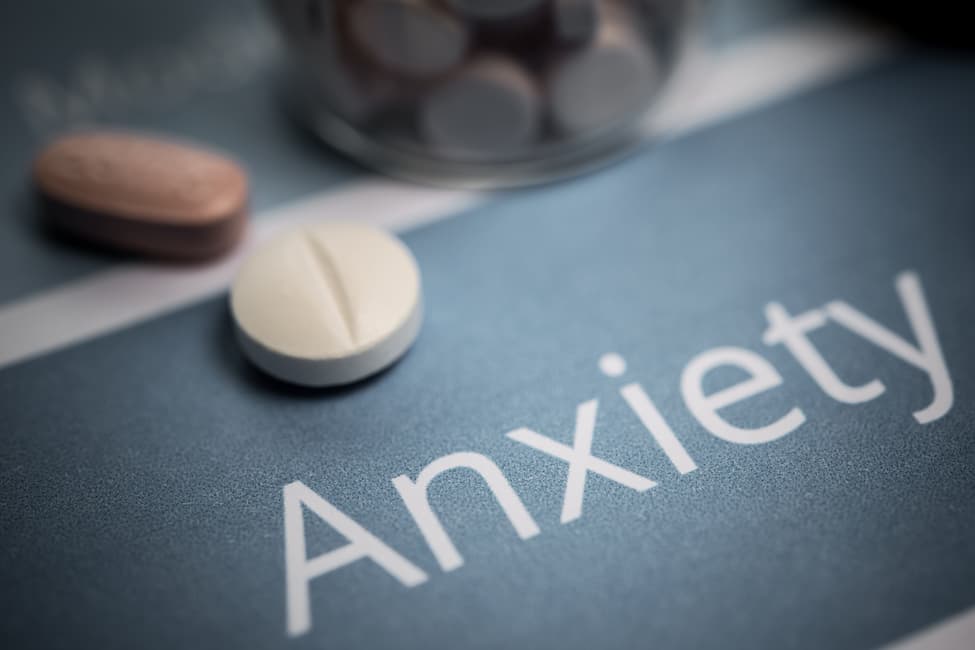What is Vicodin? Vicodin is the brand name of a prescription medication used to manage moderate to intense pain. The � Continue reading Is Vicodin Addictive? What You Need to Know About Vicodin ? The post Is Vicodin Addictive?...
 While Vicodin isn�t as notorious as OxyContin or fentanyl, it nonetheless remains among the most misused prescription opioids. But is Vicodin addictive? Here�s what you need to know about the signs of Vicodin and painkiller addiction.
While Vicodin isn�t as notorious as OxyContin or fentanyl, it nonetheless remains among the most misused prescription opioids. But is Vicodin addictive? Here�s what you need to know about the signs of Vicodin and painkiller addiction.
What is Vicodin?
Vicodin is the brand name of a prescription medication used to manage moderate to intense pain. The two active ingredients are acetaminophen (the same active ingredient in over-the-counter painkillers like Tylenol) and hydrocodone (a synthetic opioid).
Because it is a synthetic opioid, hydrocodone affects the brain the same way opium poppy-derived opioids do: It binds to opioid receptors and facilitates dopamine production. This alleviates the pain response, but it also generates a euphoric sensation.�According to a survey from the National Institute on Drug Abuse, approximately 3.3% of the US population over the age of 12 has misused prescription painkillers in 2020. Nearly 1% of all high school seniors reported misusing Vicodin in 2021.
Vicodin tablets each contain between 300 mg and 325 mg of acetaminophen and either 5 mg, 7.5 mg, or 10 mg of hydrocodone. The typical maximum recommended dose for severe pain management is a single tablet every 4-6 hours as needed.
The US Drug Enforcement Agency (DEA) lists hydrocodone as a Schedule II controlled substance. In 2014, in an attempt to curb rising illicit Vicodin use, the DEA elected to enact strict regulatory controls on the distribution of Vicodin and other medications containing hydrocodone. Illicit Vicodin use includes any use without a prescription or use that is not physician approved.
Symptoms of Vicodin and Painkiller Misuse
While the synthetic opioid hydrocodone can cause dependency if overused, Vicodin misuse is uniquely dangerous due to the presence of acetaminophen. In addition to dependence and other potentially adverse medical effects of opioid overuse, people misusing Vicodin are at risk of liver failure due to consuming upwards of 4,000 mg of acetaminophen daily. The maximum amount of acetaminophen allowed per tablet was reduced to 325 mg from 700 mg.
There are adverse effects associated with any substance misuse, and Vicodin is no different. Addiction and liver damage are two obvious negative effects. Other common signs of Vicodin misuse and addiction include:
Abdominal cramping Depression Digestion issues Dizziness Feeling of relaxation Lightheadedness Lowered heart rate Muscle pain Nausea and vomiting Nervousness Sleepiness Slowed breathingSigns of a Substance Use Disorder
Sometimes, it is difficult to identify a serious Vicodin use disorder. People occasionally develop a dependence on Vicodin that they don�t recognize until they either stop taking it or think they might have to stop.
A physical dependence on a substance is not the same as addiction. Nevertheless, it can cause withdrawal symptoms so severe that they can create a reluctance to stop using that substance. When addiction occurs, the use of the substance becomes compulsive regardless of the many potentially negative outcomes.
Certain symptoms of addiction are outlined in the Diagnostic and Statistical Manual of Mental Disorders (DSM-5) fifth edition. Substance Use Disorder (SUD) is defined in the DSM-5 as the presence of two or more corresponding criteria within 1 year. Those who meet two or three of the listed criteria may have mild SUD. A score of four to five signifies a moderate SUD, while six or more criteria indicate an advanced SUD. The following diagnostic criteria include:
Taking Vicodin in larger doses or for longer than recommended. Inability to reduce or stop taking Vicodin. Dedicating a disproportionally large amount of time to finding, using, and recovering from Vicodin. Having constant urges to use Vicodin. Failing to perform at work, home, or school due to Vicodin use. Using Vicodin despite its negative effects on relationships. Not participating in important social, professional or family activities due to Vicodin use. Continually using Vicodin even though doing so puts your safety or the safety of others at risk (intoxicated driving, operating heavy machinery, etc.) Requiring more Vicodin to achieve the desired effect (developing physical tolerance). Experiencing the onset of physical withdrawal symptoms, which can be alleviated by using more Vicodin.If your use of Vicodin has become uncontrolled, you might have a substance use disorder. Please contact the team at The Raleigh House to learn more.
The post Is Vicodin Addictive? What You Need to Know About Vicodin appeared first on The Raleigh House.












